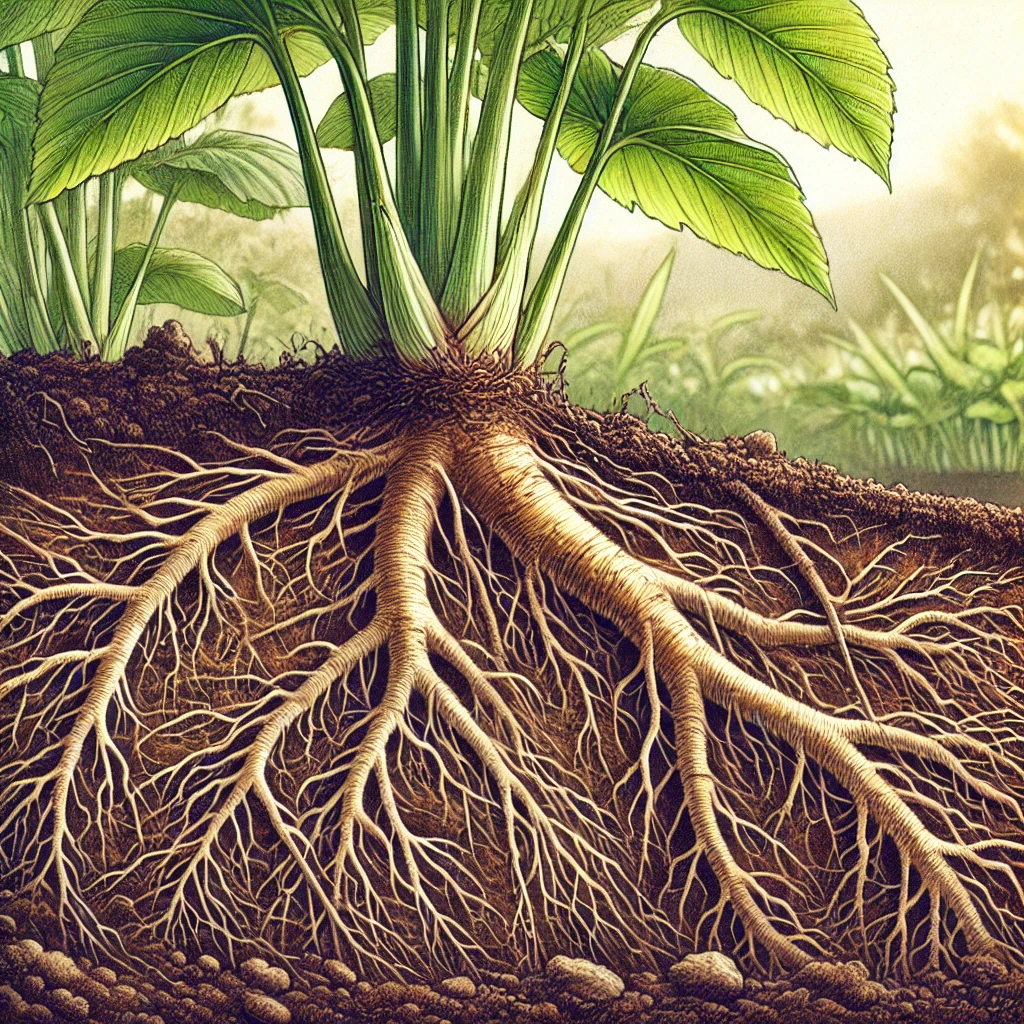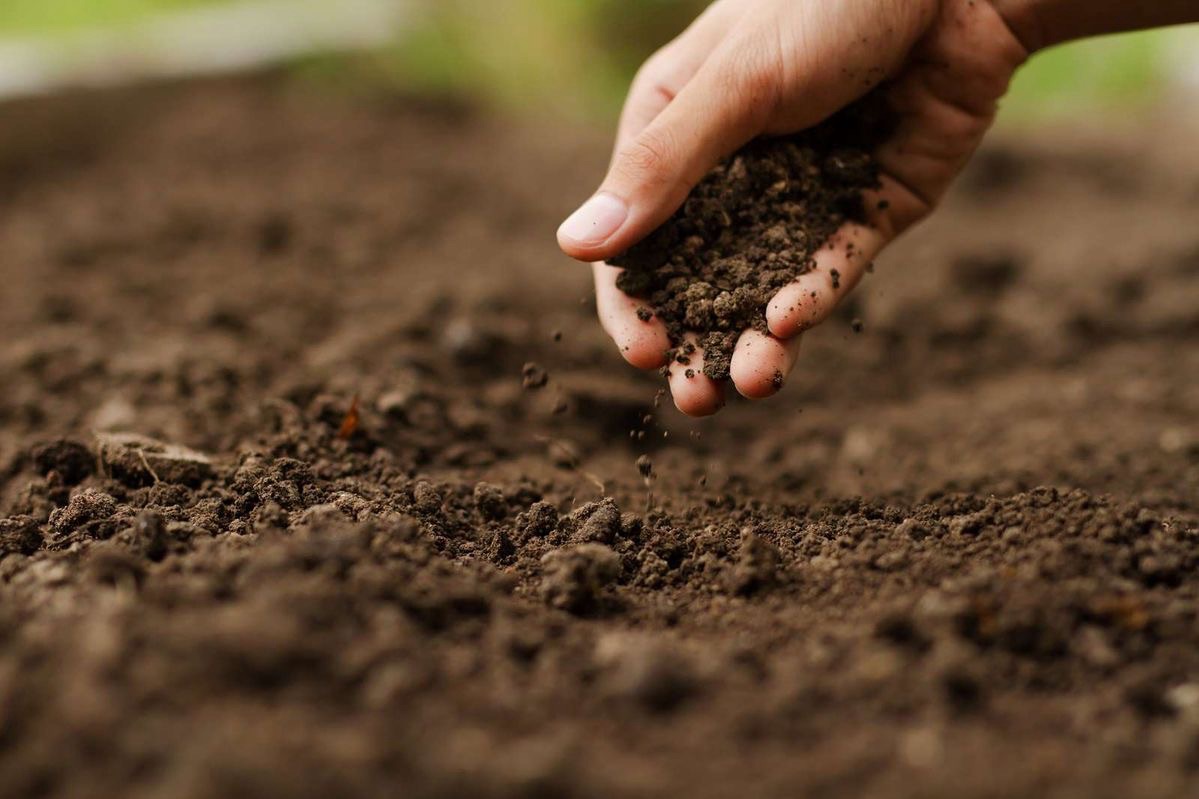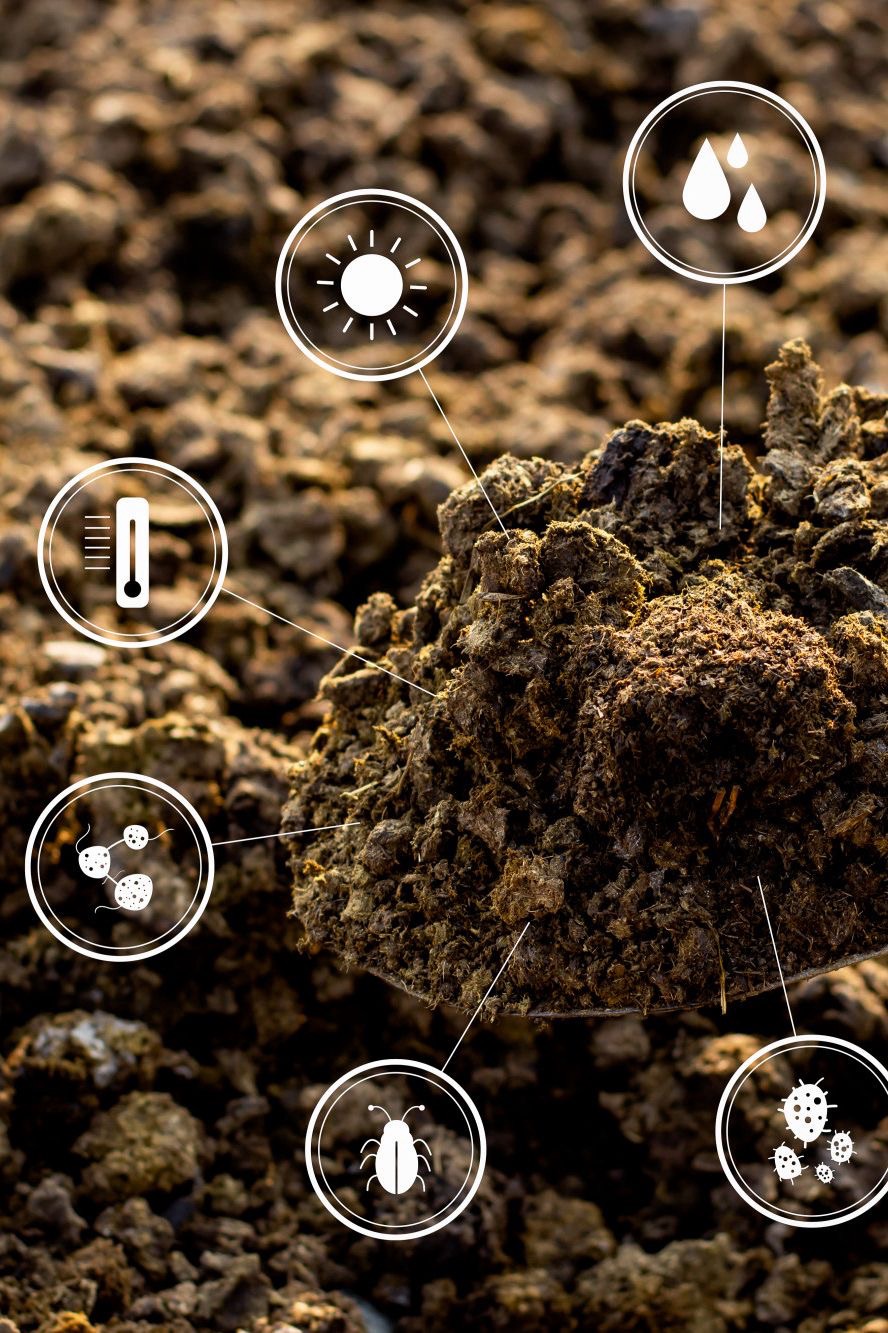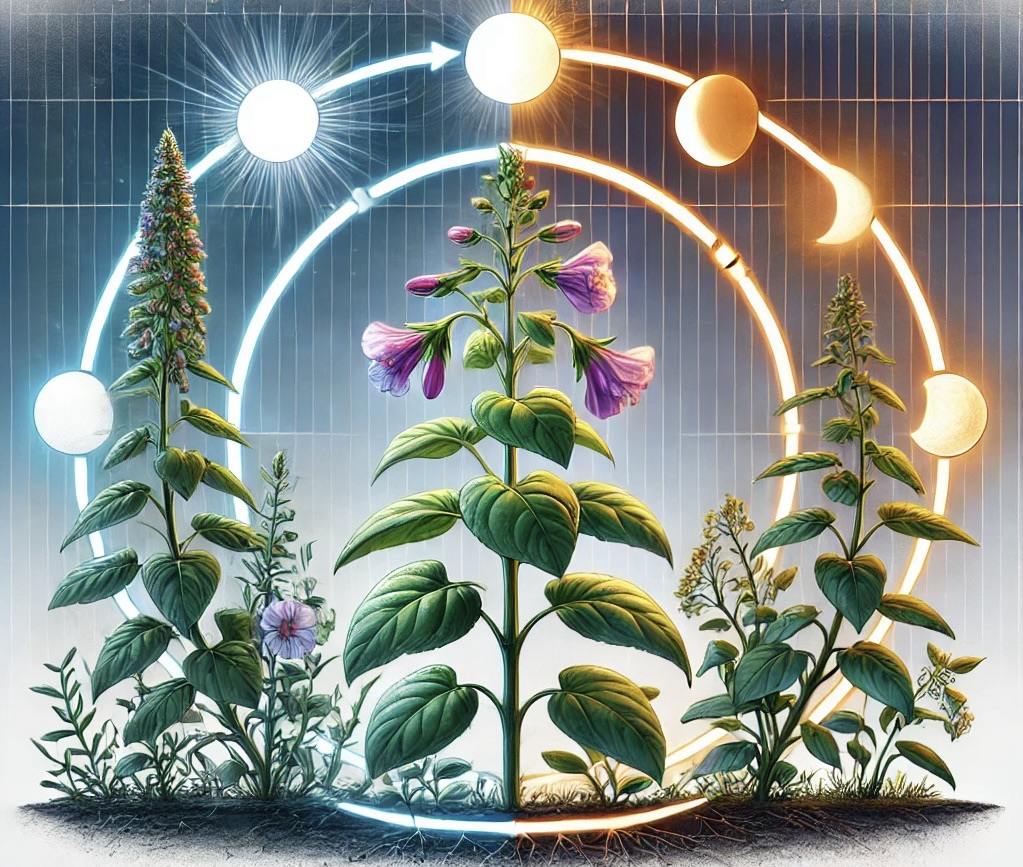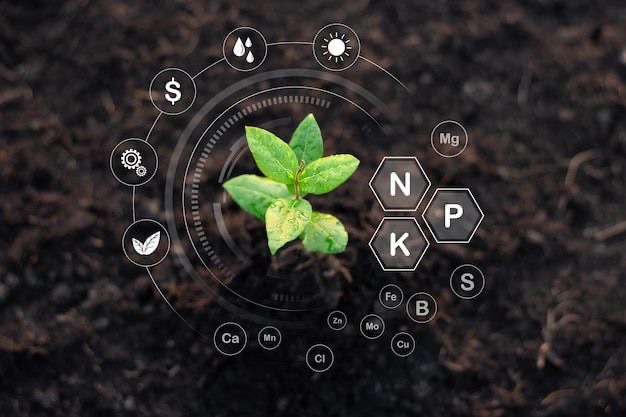Plants, despite being sessile organisms, exhibit remarkable responses to environmental stimuli, enabling them to optimize their growth and survival. One of the most fundamental and fascinating of these responses is gravitropism, the ability of plants to sense and respond to gravity. This directional growth ensures that roots grow downward into the soil while shoots grow upward toward light, allowing the plant to access water, nutrients, and energy efficiently. Understanding gravitropism not only sheds light on plant developmental biology but also has significant implications for agriculture and space biology.
The Science Behind Gravitropism
Gravitropism is a type of tropism, which refers to the directional growth of plants in response to an external stimulus. In this case, gravity serves as the guiding force that determines the orientation of plant growth. This response is fundamental to plant survival, ensuring that roots grow downward into the soil for anchorage and efficient water and nutrient absorption, while shoots extend upward to maximize exposure to sunlight for photosynthesis. Without this precise and dynamic mechanism, plants would struggle to establish themselves in the soil and compete effectively for resources.
At the core of gravitropism is the plant hormone auxin, which plays a pivotal role in regulating cell elongation and differential growth. Auxin is synthesized in the shoot apex and transported downward through the plant via specialized transport proteins. When a plant experiences a change in its orientation, auxin is redistributed asymmetrically in response to gravitational signals. This uneven distribution causes cells on one side of the root or shoot to elongate at different rates, leading to curvature and reorientation of growth.
Gravity Perception: The Role of Statoliths
Plants perceive gravity through specialized organelles known as statoliths, which are dense, starch-filled plastids located in specific gravity-sensing cells. In roots, these statoliths are primarily found in the columella cells of the root cap, whereas in shoots, they are present in the endodermal cells surrounding the vascular tissue. When a plant is tilted or displaced, the statoliths settle in response to gravity, accumulating at the lower side of the respective gravity-sensing cells. This shift in statolith position serves as a mechanical signal that triggers a cascade of molecular and biochemical responses, ultimately leading to the redistribution of auxin.
Root Gravitropism: Positive Response to Gravity
Roots exhibit positive gravitropism, meaning they grow in the direction of gravitational pull. This response is essential for establishing a strong root system that anchors the plant in the soil while facilitating the uptake of water and essential minerals.
The process begins in the root cap, where statoliths settle at the lower part of columella cells when the root is reoriented. This settling activates gravity-sensing pathways that influence the redistribution of auxin through polar auxin transport, a highly regulated mechanism that directs auxin flow within the plant. In roots, higher concentrations of auxin accumulate on the lower side, but unlike in shoots, high auxin levels inhibit cell elongation in roots. As a result, the upper side of the root elongates more than the lower side, causing the root to bend downward and resume vertical growth.
This response is mediated by PIN proteins, which are auxin transporters that facilitate the movement of auxin between cells. The asymmetric distribution of auxin ensures that root growth follows the correct trajectory, helping plants adapt to varying soil conditions, obstacles, and other environmental factors.
Shoot Gravitropism: Negative Response to Gravity
In contrast to roots, shoots exhibit negative gravitropism, meaning they grow against the direction of gravity. This upward growth is essential for maximizing light capture, which is necessary for efficient photosynthesis and overall plant development.
In shoot cells, statoliths in the endodermis settle on the lower side when the plant is tilted. This displacement triggers auxin redistribution, but unlike in roots, auxin in shoots stimulates cell elongation. The increased auxin concentration on the lower side of the shoot causes those cells to elongate more than those on the upper side, resulting in an upward curvature.
This mechanism ensures that even if a plant is knocked over by wind, covered by soil, or otherwise disturbed, it will reorient its growth to maintain proper alignment with gravity. The ability of shoots to consistently grow upward is crucial for reproductive success, as flowers, fruits, and leaves must be optimally positioned to facilitate pollination, seed dispersal, and light absorption.
Molecular and Genetic Regulation of Gravitropism
Gravitropism is controlled by a complex interplay of genetic and molecular mechanisms. Several key genes regulate the perception of gravity and the response pathways that follow. The PIN-FORMED (PIN) genes encode auxin efflux carriers that determine the directional flow of auxin, while AUX1/LAX genes encode auxin influx carriers. Mutations in these genes often lead to defective gravitropic responses, affecting plant growth and development.
Other essential regulatory proteins include the ARF (Auxin Response Factor) and AUX/IAA proteins, which modulate auxin-dependent gene expression. These factors help plants fine-tune their growth responses to gravity and other environmental cues.
Additionally, gravitropism involves interactions with other plant hormones, such as ethylene and cytokinin, which modulate auxin signaling pathways. Ethylene, for example, can enhance root curvature in response to gravity by altering auxin distribution, while cytokinins influence cell division and differentiation during gravitropic responses.
Gravitropism and Environmental Adaptation
Gravitropism plays a crucial role in plant adaptation, allowing them to survive and thrive in different environments. In natural ecosystems, roots must navigate through soil obstacles, avoiding rocks and compacted layers while still growing downward. Gravitropism, combined with hydrotropism (response to water) and thigmotropism (response to touch), enables roots to adjust their growth direction for optimal resource acquisition.
In agriculture, understanding and manipulating gravitropic responses can enhance crop yields and improve root architecture for better nutrient and water uptake. Genetic modifications aimed at optimizing auxin distribution and response pathways have the potential to create crop varieties with improved stress tolerance and resource efficiency.
Gravitropism in Space Biology
Gravitropism is particularly relevant in space biology, where plants are grown in microgravity conditions. In the absence of Earth’s gravitational pull, plants exhibit altered auxin distribution, leading to disoriented growth patterns. Research conducted aboard the International Space Station has shown that plants rely on other tropisms, such as phototropism (response to light), to guide their growth in microgravity. Understanding how plants adapt to such conditions is crucial for developing sustainable food production systems in space for long-term space missions.
Conclusion
Gravitropism is a vital mechanism that ensures roots grow downward into the soil while shoots extend upward toward the light. This ability is governed by gravity-sensing statoliths, auxin redistribution, and a network of genetic and molecular regulators. By understanding the intricacies of gravitropism, scientists can enhance agricultural practices, improve plant adaptation to stress, and even explore plant growth beyond Earth. As research continues, the knowledge gained from studying gravitropism will contribute to advances in both fundamental plant biology and practical applications for food security and space exploration.
References
1. Taiz, L., Zeiger, E., Møller, I. M., & Murphy, A. (2015). Plant Physiology and Development (6th ed.). Sinauer Associates.
2. Hopkins, W. G., & Hüner, N. P. (2008). Introduction to Plant Physiology (4th ed.). John Wiley & Sons.
3. Morita, M. T. (2010). Directional gravity sensing in gravitropism. Annual Review of Plant Biology, 61, 705-720.
4. Su, S. H., Gibbs, N. M., Jancewicz, A. L., & Masson, P. H. (2017). Molecular mechanisms of root gravitropism. Current Biology, 27(17), R964-R972.
5. Kiss, J. Z. (2000). Mechanisms of the early phases of plant gravitropism. Critical Reviews in Plant Sciences, 19(6), 551-573.
6. Blancaflor, E. B., & Masson, P. H. (2003). Plant gravitropism: Unraveling the ups and downs of a complex process. Plant Physiology, 133(4), 1677-1690.
7. Stanga, J. P., Boonsirichai, K., & Masson, P. H. (2009). Molecular mechanisms of root gravitropism. Advances in Botanical Research, 50, 95-114.
8. Vandenbrink, J. P., Kiss, J. Z., Herranz, R., & Medina, F. J. (2014). Light and gravity signals synergize in modulating plant development. Frontiers in Plant Science, 5, 563.
9. Baldwin, K. L., Strohm, A. K., & Masson, P. H. (2013). Gravity sensing and signal transduction in vascular plant primary roots. American Journal of Botany, 100(1), 126-142.
10. Kiss, J. Z., Wolverton, C., & Wyatt, S. E. (2009). Plant tropisms: Providing the power of movement to a sessile organism. Advances in Space Research, 44(6), 610-617.






